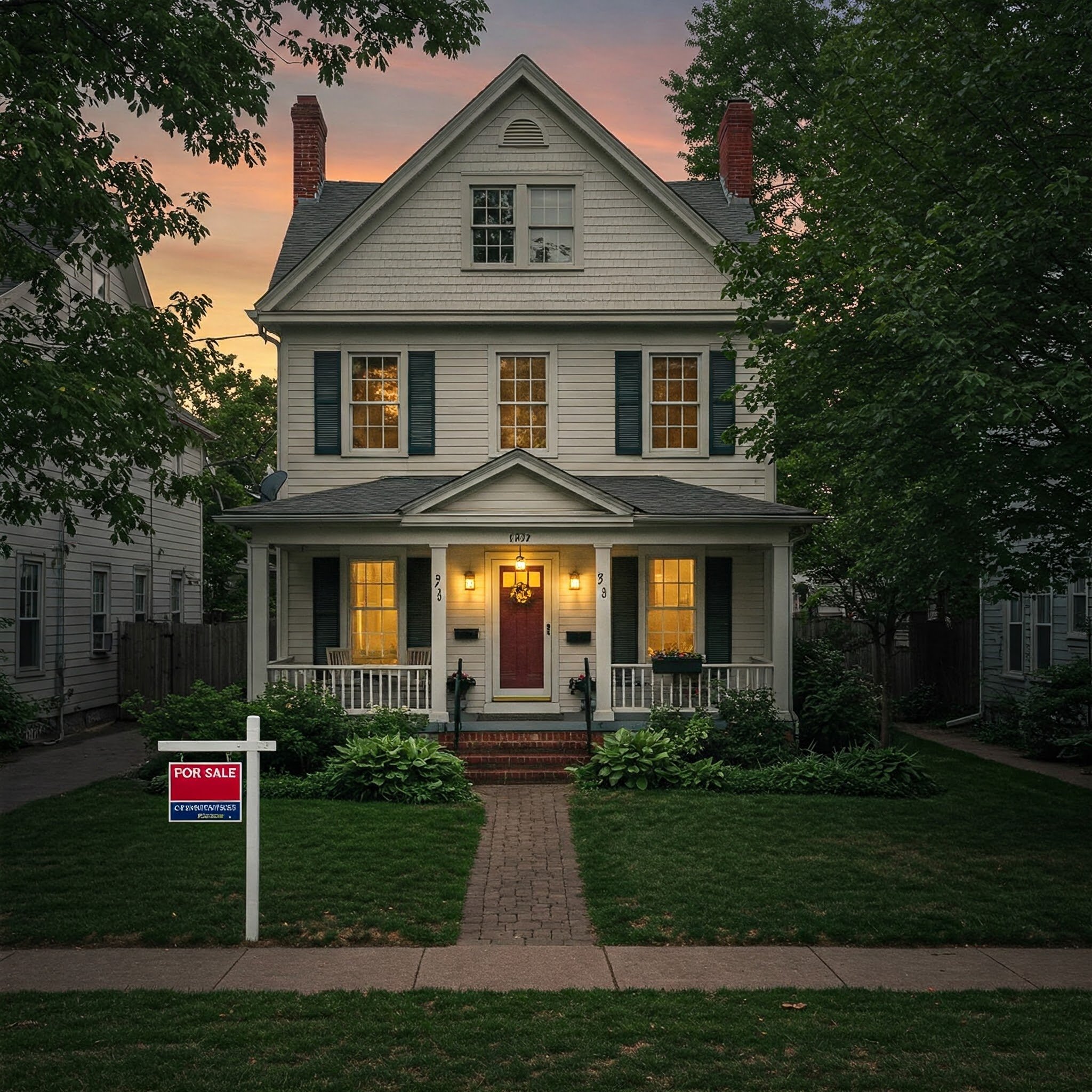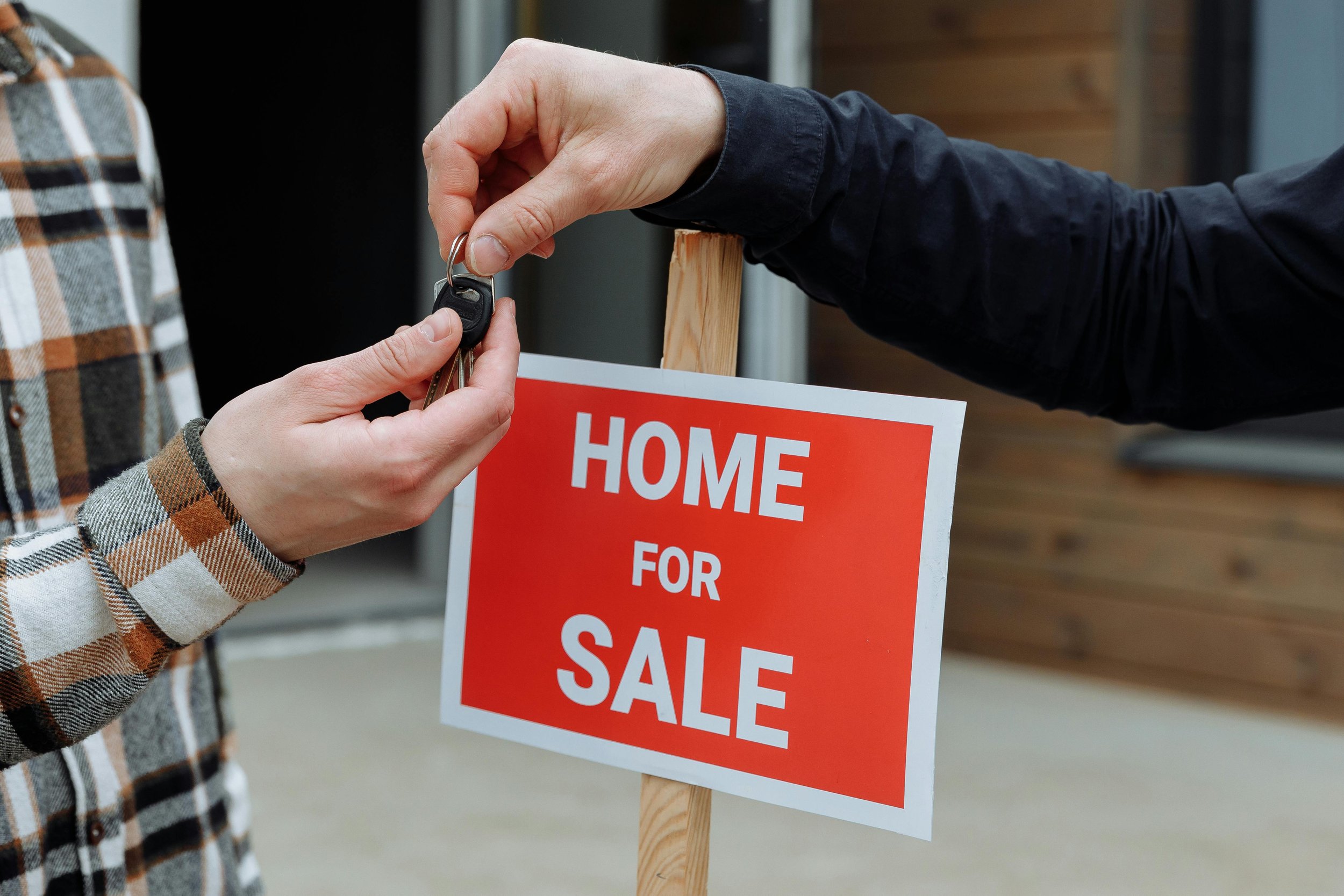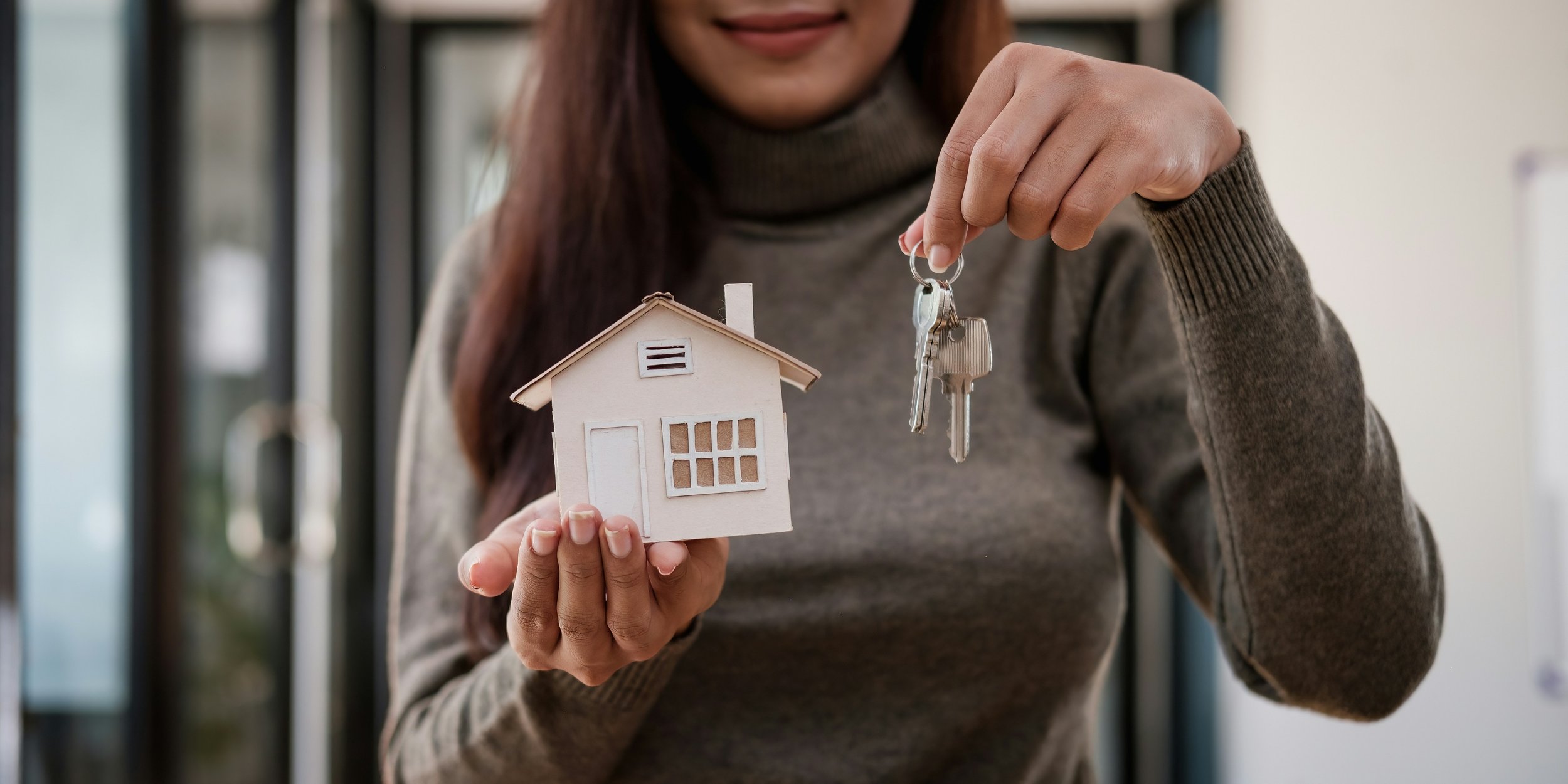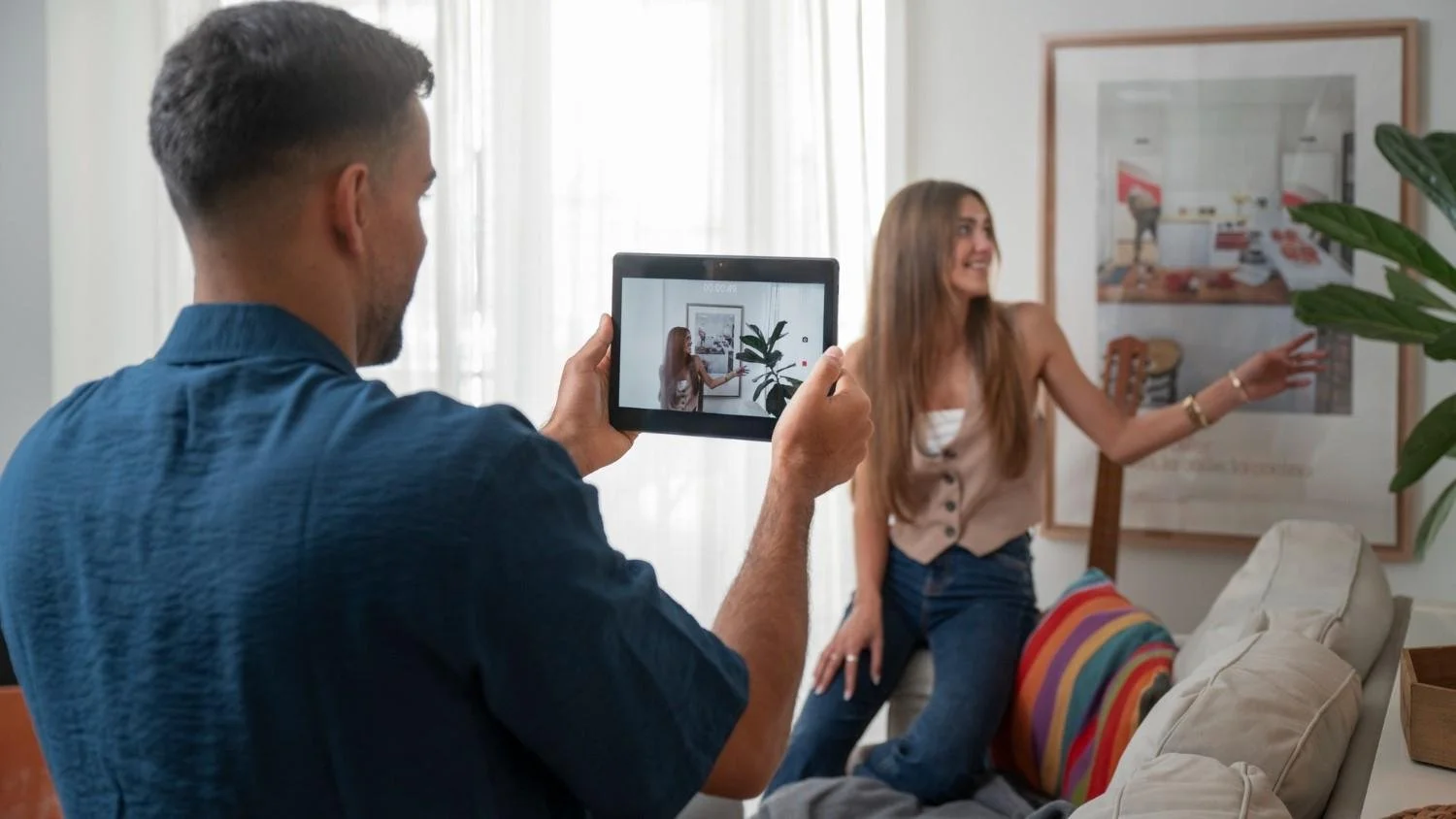How Proper Interior Design Can Increase The Value of Your Home Before Selling
Discover how strategic interior design can boost your home's value and attract buyers before selling!
When it comes to selling your home, first impressions are everything. Buyers often decide whether they like a property within the first few minutes of stepping inside. That split-second judgment is heavily influenced by how a home looks and feels. This is where interior design steps in, not as an afterthought, but as a strategic tool to elevate your home's appeal and perceived value.
The truth is, interior design isn’t just about style or taste. It’s about psychology, flow, comfort, and creating an emotional response. When done properly, even minor adjustments can lead to significant financial gains. You don’t need to hire a celebrity designer or start a renovation project from scratch. Sometimes, a thoughtful arrangement of furniture, the right lighting, or a cohesive color palette can be the magic ingredient that makes buyers fall in love.
Design That Sells: What Buyers Really Notice
One of the key components of interior design is understanding space. A well-designed home doesn’t just look good—it feels good. Buyers want to envision themselves living in the space, and that vision is easiest to create when the home is organized, bright, and inviting. Open layouts, uncluttered surfaces, and strategic decor choices guide the eye naturally and make rooms feel larger and more functional.
Natural light plays a massive role here. Pulling back heavy drapes, adding mirrors to reflect light, or switching to soft white LED bulbs can make a home feel warmer and more welcoming. Similarly, neutral color schemes help buyers project their own style onto the space. While bold design choices might reflect your personality, they can be polarizing. Subtle, universally appealing décor allows the largest number of buyers to picture themselves at home.
Textures and materials matter, too. Well-placed textiles like throws, cushions, and rugs can add comfort and character without being overwhelming. Updating cabinet hardware or replacing outdated faucets are inexpensive changes that suggest a well-maintained home.
Return on Aesthetic Investment
Every homeowner wants to maximize profit without spending a fortune on upgrades. This is where interior design offers some of the best returns. You might not have the budget for a complete remodel, but investing in key design elements can increase perceived value—which often translates directly into higher offers.
Simple fixes like repainting walls, replacing worn carpet, or updating light fixtures are all part of smart design strategy. Even rearranging furniture to enhance the flow of a room can influence how a buyer experiences the home. The idea is to enhance the space in ways that cost little but deliver big visual impact.
It’s not about tricking buyers. It’s about highlighting what’s already great about your home, downplaying any limitations, and ensuring every room has a clear purpose. That spare room that's become storage? Turn it into a cozy home office or reading nook. Every detail should answer the question: "Can I see myself living here?"
Working With Design Professionals
For sellers who want a competitive edge, working with a staging expert or interior designer can be a game-changer. These professionals know how to frame your home in the best possible light. Even a short consultation can provide insights into where to invest your time and energy for the greatest impact.
Some home buying services go a step further. They understand the value that thoughtful presentation brings to a sale, and may even offer resources or guidance to help you get your property market-ready. A great example is HNHB, a team that not only buys homes directly but also offers expert advice for sellers looking to boost appeal before listing. Their experience in real estate helps homeowners understand what today’s buyers are really looking for—and how to deliver it without unnecessary spending.
The Emotional Factor
Beyond dollars and cents, interior design impacts something even more powerful: emotion. A well-designed space evokes a sense of calm, joy, and possibility. Buyers are often driven by emotion, even if they justify their decisions with logic later. If a home feels "right," they are more likely to make a strong offer quickly.
This is especially important in a competitive market. If buyers are viewing multiple homes, yours needs to stand out not just visually, but emotionally. That can be achieved through cozy lighting, welcoming scents, thoughtful color palettes, and an overall sense of harmony. In short, great design makes a house feel like home—instantly.
Setting the Stage for Success
When preparing your home for sale, think of it as setting a stage. You’re telling a story, and interior design is your narrator. It doesn’t require a huge budget or months of planning. Just intentional decisions and a willingness to see your home through the eyes of a buyer.
Interior design isn’t just fluff. It’s strategy. And when applied with care, it can make your property not only more beautiful but more valuable. If you're serious about selling and want to get the most from your home, design could be your most underused (and most effective) asset.
A little thoughtfulness can go a long way. Whether you're rearranging your living room, choosing paint colors, or adding fresh linens to a guest bedroom, each choice adds up. And for potential buyers, those choices could be the difference between touring your house—and buying it.





























